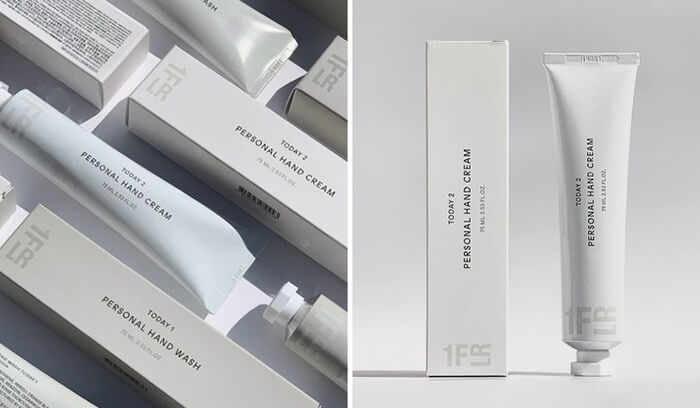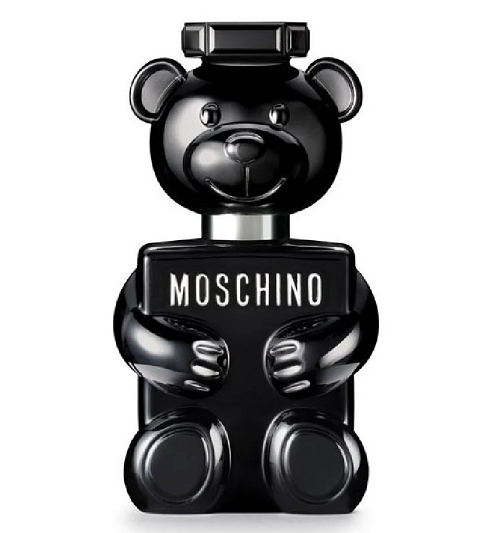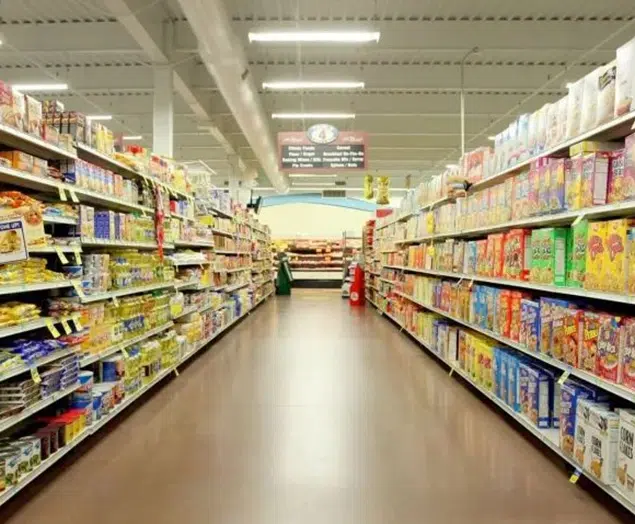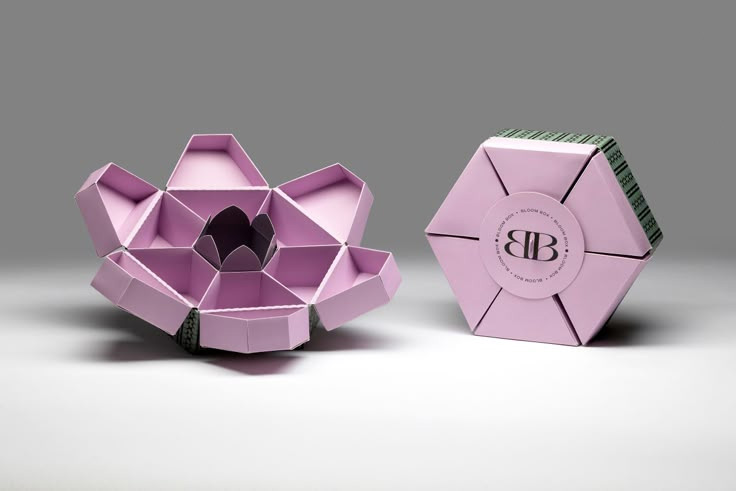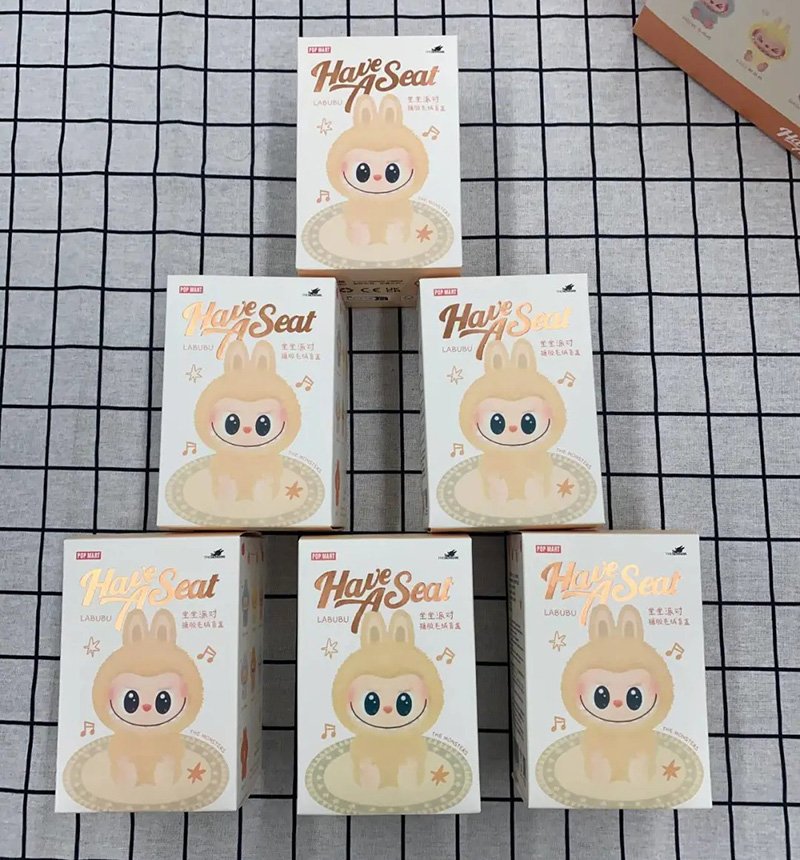Future Development of Packaging Industry – Packaging Trends
The worldwide packaging industry is expected to increase at a CAGR of about 3% between 2018 and 2028, according to data published by Smithers in the Future of Packaging: Long term Strategic Forecast to 2028. A total of 6.8% growth was seen in the worldwide packaging market. Emerging markets contributed significantly to expansion from 2013 to 2018. Customers flocked to cities and lifestyles that were more Westernized as a result. Because of this, packaging has evolved, and the e-commerce sector has sped up this need internationally. Today, we will look at the future development of packaging industry.
The worldwide packaging sector is being strongly influenced by a number of factors. In the next ten years, there will be four major movements:
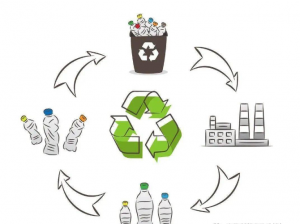
1. Influence of Rising Population and the Economy on Creative Packaging
The next decade should see continued expansion in the global economy, mostly due to the development of developing consumer markets. It’s possible that there will be a temporary pause in operations as a result of the effects of Britain’s exit from Europe and the intensification of the tariff war between China and the United States. However, average income is predicted to rise, driving more purchases of prepackaged foods.
The world’s population is rising, particularly in large developing economies like China and India, and the urbanization rate will keep climbing. As a result, the purchasing power of consumers is expanding, as is the number of people in the middle class who want access to international retail chains and consumer products.
The need for health care and pharmaceuticals will rise as the population ages as a result of the growth in life expectancy, particularly in large developed economies like Japan. The demand for tiny packaged items has increased due to the popularity of easy-open solutions and packaging that is ideal for the requirements of the elderly.
2. Sustainability in Packaging and Environmentally Safe Materials for Packing
Although consumer eco-consciousness is nothing new, 2017 saw a resurgence in interest in sustainability, with a focus on the biodegradable box packaging. This may be seen in the packaging laws enacted by federal, state, and local governments, as well as in the beliefs held by consumers and the ethics of business owners.
The European Union is ahead of the curve by championing the circular economy concept. Particular care is taken with plastic trash. Due to its widespread use and short lifespan, plastic packaging has been the subject of much scrutiny. Alternative packaging materials, investment in the development of bio based plastics, packaging designed to make it simpler to recycle and treat, and improvements to the recycling and treatment process of plastic waste are all being advocated as ways to combat this problem.
Recycling and processing of plastic
Packaging materials and designs that clearly indicate a brand’s commitment to the environment are gaining popularity as sustainable development has become the primary driving factor for customers.
Given that as much as 40 percent of the food produced worldwide goes to waste, this is another major objective for policymakers. Packaging innovations in the contemporary era have the potential to make a big difference here. High-barrier bags and cooking pots, for instance, may extend the life of perishable goods by a significant amount, which is especially useful in developing economies that lack access to reliable retail refrigeration. There have been many years of dedicated research and development to enhancing packaging barrier technology, which has included the use of nano engineering materials.
The distribution system may use less fuel and produce fewer food scraps if food waste is kept to a minimum, and smart packaging can ensure buyers and sellers that their packaged food is safe.
3. Packaging for e-commerce With the rise of internet shopping as a major retail trend
The worldwide online retail business has been expanding at a fast rate, fueled by the rising use of smartphones and the Internet. More and more people are making their purchases online. Packaging solutions (particularly corrugated cardboard) that can securely carry products via increasingly complicated distribution routes will be in high demand by 2028 as this scenario worsens.
There is a growing trend of consumers purchasing and consuming consumables such as food, beverages, medicines, and more while traveling. The flexible packaging sector has benefited greatly from the growing need for lightweight and easily transportable containers.
When individuals leave their families and go out on their own, they tend to shop for food more regularly and spend less overall. This has increased the popularity of convenience stores and the need for compact packaging.
More and more people are paying attention to their personal health issues, which has led to a shift toward a better diet and way of living. One factor fueling the packaging industry is the growing popularity of healthful food and drink options, as well as OTC medications and dietary supplements.
4. Intelligence and digitization are the primary brand-building trends.
There has been significant progress made in the internationalization of many FMCG brands as the corporation pursues expansion into new industries and regions. The adoption of a more Western lifestyle in key emerging economies is expected to hasten this trend by 2028.
Brand owners’ need for packaging accessories like RFID tags and smart tags to prevent counterfeit products and better track their distribution has been stoked by the rise of e-commerce and international trade.
RFID stands for Radio Frequency Identification.
M&A activity in the food, beverage, cosmetics, and other terminals industries is predicted to rise. Integrated package techniques are expected to occur if more brands are owned by a single entity.
Customized or versioned packaging and packaging solutions will be impacted by the decline in customer brand loyalty in the twenty-first century. One of the most useful tools for doing this is digital printing (ink-jet and toner). As of right now, there is one and only one printing press in existence that is specifically designed to print on packaging substrates at a greater throughput. This is consistent with the goal of integrated marketing, and packaging offers a means of connecting to online communities.
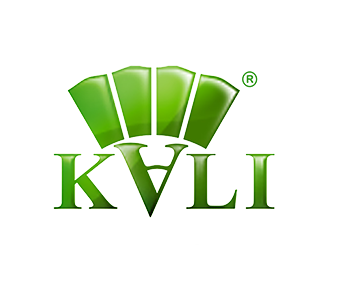

Top 10 Creative Cosmetic Packaging Design Ideas & illustrations 2023 | Luxury-Paper-Box.Com

10 Customs Of The Spring Festival (Lunar New Year) You Need To Know

Top 10 Best Lattafa Perfumes for Women & Men in 2024
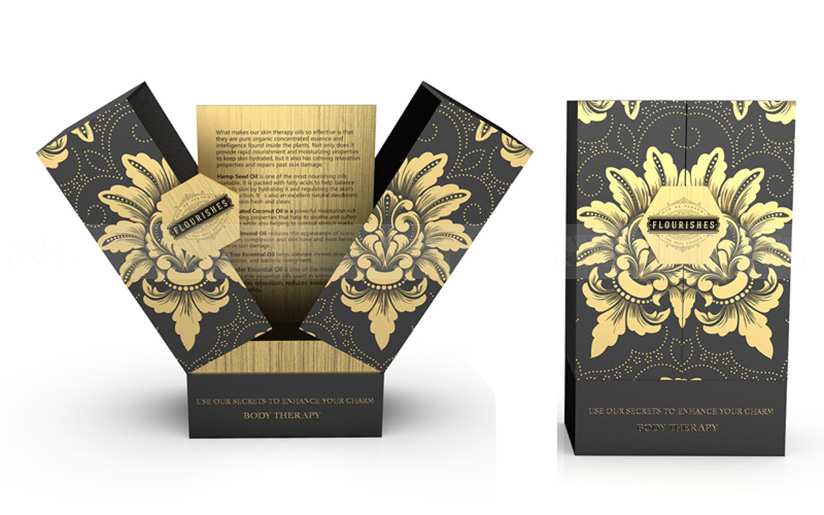


 kali@luxury-paper-box.com
kali@luxury-paper-box.com
